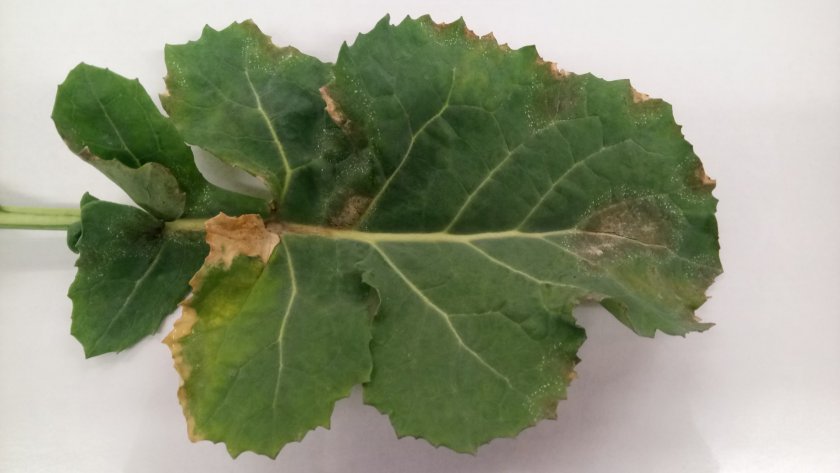
The majority of oilseed rape-growing counties across the country have recorded positive results for light leaf spot disease.
The industry's SpotCheck initiative, which ran from October 2020 to March 2021, collected 644 samples which were then assessed by crop consultants ADAS.
Results have demonstrated the prevalence of light leaf spot across UK, with the wet conditions in autumn and winter driving early infections.
And despite the extended period of cold weather during late winter and early spring, disease was evident in a significant number of samples.
Additionally, positive samples were received from crops across the country, not just northern areas where the disease has historically been more prevalent.
Philip Walker, plant pathologist at ADAS summarised the results from this cropping season.
"The percentage of positive samples after incubation increased over the winter and spring, with results in December showing 76% incidence, 68% in January, and 92% in February.
"In March, ADAS assessed 163 samples, with 97% showing positive signs of light leaf spot, despite the colder winter weather and many of these crops receiving an autumn fungicide application.”
The severity and incidence of light leaf spot varies from year to year, mainly according to the weather conditions.
The disease can develop between 4 and 20°C with wet conditions ideal for disease infection and spread.
This season the very wet late autumn and winter encouraged early infections, which drove disease levels.
And, despite the extended cool weather including snow and hard frosts in February and March, infections remained high into April.
Mr Walker said monitoring weather conditions could indicate when there was a high risk of disease, and alongside sampling of leaves, could support and justify fungicide decisions.
